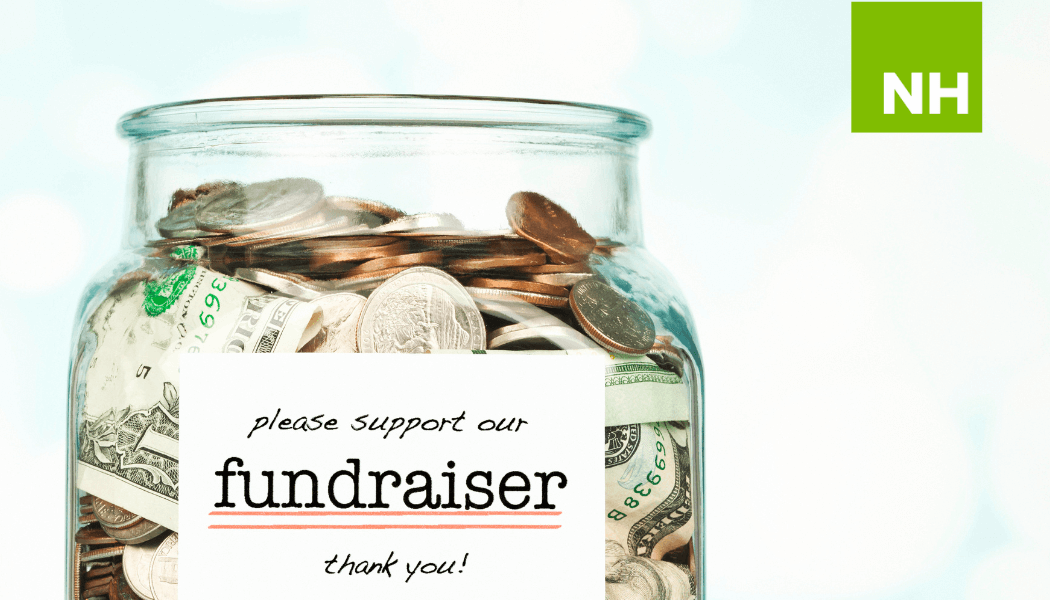Ten Grant Proposal Tips
As the competition for grants continues to grow, nonprofit organizations should always ask themselves how they can make their applications stand out. This article discusses ten ways to enhance your proposal writing to help you develop the best applications possible. Some grant proposal tips are about preparing or planning your applications, while others concentrate on framing up or writing your applications. Taken together, they should help you polish your proposals to perfection!
Tip 1: Be Prepared
It is a great idea to have several projects sketched out so that you are ready to refine and enhance your proposals and not start from ground zero. The minimum information you want to have “shovel ready” includes data and statistics on the addressed need. You should know what you will do (your approach) and what changes you will make in the lives of those you serve. It would help if you also thought about your community (outcomes) and the budget.
Write this information in a program planning framework, a logic model, or a simple worksheet or word document.
Having an “arsenal” of potential projects will give you a competitive advantage in several ways. First, it will help you identify funders and funding opportunities that match your project. Before funding searches, know who the project serves, your solution, and what you will change. The resources you need so your search is as comprehensive as possible and uncovers a wide range of funders.
Second, it helps avoid “mission creep.” This is the process of matching your projects to the funding source instead of the funding source for your project. You want to ensure you find solid matches between the funding opportunity and your project. Don’t change your approach to meet funding opportunities that do not align with your mission and vision.
Third, most funders do not give you much time to develop your applications. So, this preparation will help you focus on improving, enhancing, aligning, reviewing, and editing your proposals to have the most significant impact.
Tip 2: Involve Those You Serve in the Design of Your Programs
Involving your target population in the design of your programs is a great way to ensure that the work you are proposing to do (your approach) will meet the needs of those you serve. Nonprofit organizations address a wide variety of community challenges—and the root causes of these problems are multifaceted. Working with your target population helps you create impactful strategies that address the underlying issues leading to adverse outcomes.
For example, let’s say your organization provides one-on-one tutoring to help adults learn how to read. You know the statistics and demographics of your target population—the percentage of adults not able to read past a fourth-grade level. When you examine the “why” behind the statistics (i.e., Why are 25% of adults reading below a fourth-grade class?), you may find several different reasons. It could be because there are no literacy programs for adults. Or perhaps there are sufficient programs but no transportation to the schedule. Or maybe there is so much stigma that adults needing services don’t come forward.
Knowing the “why” behind the need leads directly to the approach you will develop. And engaging the target population in this discussion will get you the best answer. For example, if stigma is the reason, potential/past participants can share ways to reach out to the target population that are sensitive to their needs and reduce the stigma they face. Without their input, you may propose a strategy that does something but not the thing the target population needs to help them overcome obstacles.
Tip 3: Partners—You Can’t Be the Lone Ranger
Going hand-in-hand with the root cause analysis is the ability to identify partners to collaboratively address issues, using the skills and resources from several organizations/entities. Again, most of the problems nonprofits deal with have several root causes, and you will find other agencies to partner with to address the issue holistically. Using the previous example, there may be an existing program that transports individuals to job training or to access educational opportunities. Thus, you could partner with this organization to provide transportation for your adult literacy programs. Funders like to see scarce resources shared among programs instead of duplication of services.
Tip 4: Write With the Reviewer in Mind
It is essential to understand that grant reviewers—the people who score and rank your proposals—are people too! They may be community volunteers who donate their time or staff at the agency or foundation. It is essential to write your application with the reviewer in mind and make their job of understanding and scoring your application as easy as possible.
First, assume that the reviewer knows nothing about your community or organization, the needs you address, what you do, or how you do it. Almost exclusively, the reviewer only uses the documents submitted in your application to evaluate your proposal. Therefore, if you want them to know something, you must write it out and explain it clearly.
Second, reduce or eliminate jargon in your writing. It is easy to fall into the habit of using terminology and acronyms that make sense in your world. But most grant reviewers do not live in your world. Explain unique terms and concepts and spell out all acronyms.
Tip 5: Follow the Directions
Funders usually have application forms to complete and a list of instructions you are to follow. These instructions typically include questions to answer and attachments in your submission. These are called Application Guidelines, Grant Instructions, Requests for Proposals (RFPs), Funding Opportunity Announcements (FOAs), or various names. Regardless of the term used to describe the application instructions, follow them to the letter. Answer questions in the order they are listed, use the funder’s headings and terminology, and complete the forms they provide (if applicable).
Tip 6: Highlight Your Strengths, Not Your Needs
How do you create an application that shows you are worthy of funding? A funder (or any donor) wants to hear about what you change, your impact on the community, and your solutions to community challenges, not what your organization needs. Having a laundry list of requirements (“I need a staff person,” “We need a building,” or “My organization needs equipment.”) is not a compelling argument to a funder who is looking to support community change efforts financially. All nonprofits can provide a list of what they need.
You want to be solution-based, demonstrating your ability to effect change—not a needy nonprofit organization that will go out of business if it doesn’t receive funding. If you write from a deficit-based perceptive, make the shift to position yourself as a strong and viable organization that is competitive for a funder’s investment.
Tip 7: Don’t Underestimate the Time It Takes to Craft a Strong Proposal
Writing successful proposals takes time and energy. Creating a proposal writing schedule can help ensure you account for the time it will take to prepare, review, and edit a strong proposal. After identifying a grant you want to apply for, list all the documents that need to be submitted. Make note of tasks to complete, the people responsible for each job, and the due dates.
One way to submit the most robust application possible is to get input and edits from others. You want to schedule a time to get these reviews of your drafts. To ensure your application is straightforward, have someone completely unrelated to your organization read it and provide feedback.
Tip 8: Demonstrate That You Have Designed the Most Cost-Effective Solution Possible
In your budget narrative, communicate to the funder how you have leveraged other funds to support your project, used cost-saving measures, and maximized all available resources to show you are making the best out of the funder’s investment. Again, don’t assume that they know you have developed a cost-effective approach—tell them how you have done it.
Tip 9: Increase Your Skills by Reading Successful Grant Proposals
Reading successful grant proposals helps you hone your proposal writing skills. You can dissect them to see what was clear, how information was laid out and presented, and other elements you can mimic in your proposals.
Read through successful proposals to find ways to tell your organization’s story, study what makes proposals strong, and discover your proposal writing voice. It doesn’t matter if the topics in the sample applications are relevant to your organization. You’re just looking for the key elements that make the applications strong so that you can apply them to your writing.
Tip 10: Be Persistent
Proposal writing is a skill that can be developed, but it does take time and effort. For rejected applications, reach out to the funder. You can ask for feedback about how your application could have been more vigorous. Use your investment of time and energy put into the first application to enhance a second (or third!) effort.







